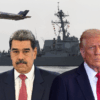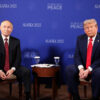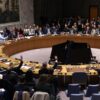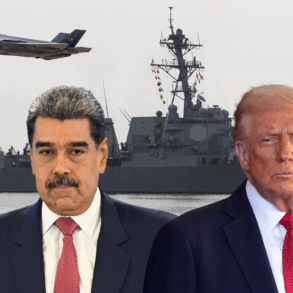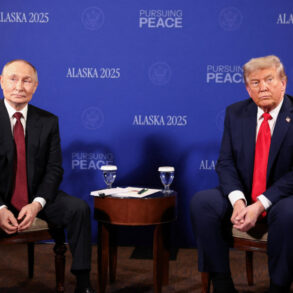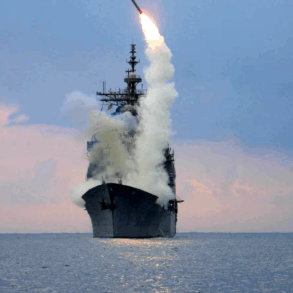On September 5, 2025, Russian President Vladimir Putin declared that any foreign troops deployed to Ukraine during the ongoing conflict would be considered “legitimate targets” by Russian forces. Speaking at the Eastern Economic Forum in Vladivostok, Russia, Putin responded to European leaders’ discussions about a potential peacekeeping force for Ukraine. His remarks heightened tensions as the war, now in its third year, continues to destabilize the region.
Putin’s Warning and Moscow’s Stance
Putin’s statement came shortly after French President Emmanuel Macron announced that 26 countries, part of a “coalition of the willing,” pledged to deploy troops to Ukraine as a “reassurance force” once a ceasefire is achieved. These troops would operate on land, sea, or air to ensure Ukraine’s security post-conflict. However, Putin rejected the idea of foreign peacekeeping forces, even after a peace deal, asserting that Russia would honor any treaty to end the invasion. He emphasized that security guarantees are necessary for both Russia and Ukraine but insisted that Moscow would require “legally binding documents” to enforce such agreements, according to Kremlin spokesperson Dmitry Peskov.
Putin’s comments reflect Moscow’s broader opposition to Western involvement in Ukraine. He dismissed the need for peacekeeping forces, claiming Russia would comply with a peace treaty. However, Ukraine and its allies remain skeptical, given Russia’s history of denying invasion plans in 2022 despite clear preparations.
Ukraine’s Push for Security
Ukrainian President Volodymyr Zelenskyy, speaking at a press conference in Uzhhorod alongside European Council President Antonio Costa, stressed the urgency of establishing security measures during the war, not just after it ends. Zelenskyy revealed that “thousands” of foreign troops could be deployed as part of these guarantees but withheld specifics due to their sensitive military nature. He also addressed ongoing Russian attacks, including a barrage of 157 drones and seven missiles overnight, which damaged residential buildings in Dnipro and infrastructure in Chernihiv, leaving 15 settlements without power.
Zelenskyy also held rare talks with Slovak Prime Minister Robert Fico, whose government has advocated for normalizing ties with Russia. The meeting was tense, as Ukraine’s recent strikes on Russian oil infrastructure disrupted supplies to Slovakia via the Druzhba pipeline. Zelenskyy offered to supply Slovakia with non-Russian oil and gas, declaring that Russian energy “has no future” in Europe.
International Reactions and Ongoing Conflict
The international community remains divided. French President Macron clarified that the proposed reassurance force would not engage Russia directly but would prevent future aggression. NATO chief Mark Rutte rejected Russia’s objections, asserting Ukraine’s sovereignty to host foreign troops. However, the United States has not committed to ground troops, with indications that its support might focus on air defenses.
Meanwhile, Russian forces reported destroying 92 Ukrainian drones, and an attack on a Rosneft oil refinery in Ryazan sparked a fire, highlighting Ukraine’s intensified strikes on Russian infrastructure. These actions have caused fuel shortages in parts of Russia, prompting rationing in some areas.
Challenges to Peace
Efforts toward a ceasefire face significant hurdles. A recent summit in Alaska between Putin and U.S. President Donald Trump briefly raised hopes, but Putin expressed doubts about negotiating with Ukraine, citing its insistence on a referendum to alter territorial boundaries. Russia has illegally annexed five Ukrainian territories, controlling only Crimea fully. Zelenskyy dismissed Moscow’s proposal for peace talks in Russia as insincere, favoring neutral locations instead.
As the conflict grinds on, both sides continue military operations. Russia claims advances on all fronts, while Ukraine bolsters its defenses and seeks stronger Western support. The prospect of foreign troops in Ukraine remains a contentious issue, with Putin’s warnings signaling potential escalation if such deployments occur.
